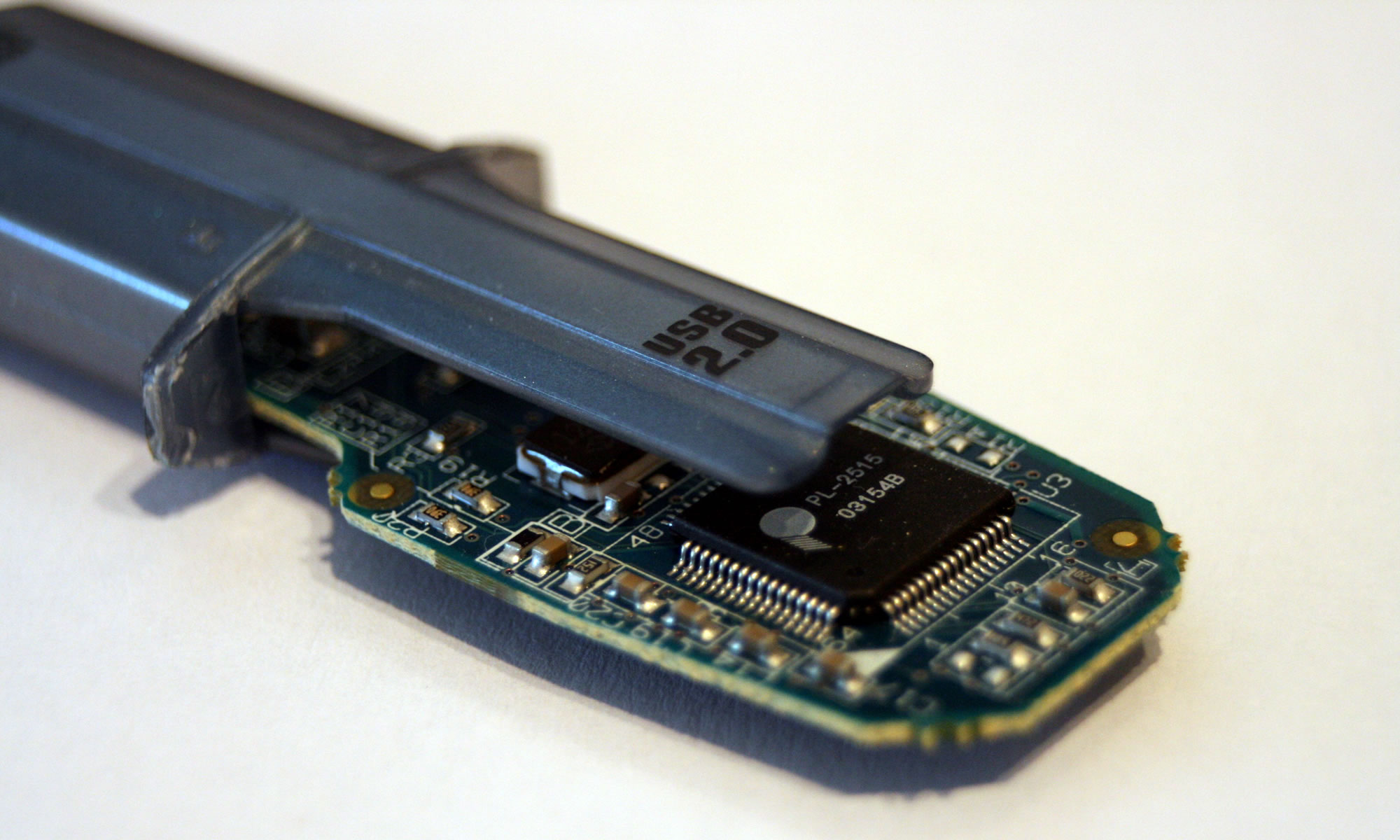I messed up my Mac mini by turning off Bluetooth after having issues with the wireless keyboard.
I have been very pleased with my M4 Mac mini since I got it last year, for such as small (and low cost) computer it has been perfect for my needs. I have a great wireless Bluetooth keyboard and mouse (Logitech Pebble Keys) which has worked all fine for me. I used it with both the Mac mini and my MacBook Pro.
My son had come over and borrowed it for his MacBook Air. Afterwards he turned the keyboard and mouse off (something I never do).
The following day I turned on the Mac mini and the keyboard and mouse didn’t work. I checked and saw they were tuned off, so I turned them on.
The keyboard worked fine, but the mouse had stopped working.
I was able to use my old Apple Magic Trackpad to navigate. Despite some initial troubleshooting, the Mac mini still couldn’t see the mouse.
So being unable to connect the mouse again, I decided I would do the usual IT thing and turn Bluetooth off and then back on again…
Literally as I used the Magic Trackpad to turn off Bluetooth, as I clicked, it clicked that I had done the wrong thing, as now I couldn’t use the Bluetooth Trackpad to turn Bluetooth back on…
Every solution online assumed you had a keyboard, my Bluetooth keyboard didn’t work.
I couldn’t remote in, which was the other way I thought I might be able to sort it. I had that turned off.
Having recently moved I knew I didn’t have a spare USB keyboard or mouse in storage. In the end my son came over with his USB mouse and an USB-C USB-A adapter. This worked and I turned Bluetooth back on.
I realised that the issue was that for some (stupid) reason I had messed up my initial setup of the wireless keyboard and mouse. It can be configured to be used by three different devices, however I had set it up the Mac mini as device one for the keyboard and device three for the mouse. I had been using the keyboard with my MacBook Pro as device two. It was only when my son had come over the previous day and had borrowed the keyboard and mouse for his MacBook as device three. This would have all been okay, if I had the Mac mini as device one for the mouse, I didn’t. This is why it didn’t work for me, and why I then went down that rabbit hole of turning Bluetooth off. I won’t be doing that again. So, the keyboard and mouse was never the problem, it was all down to the user.













